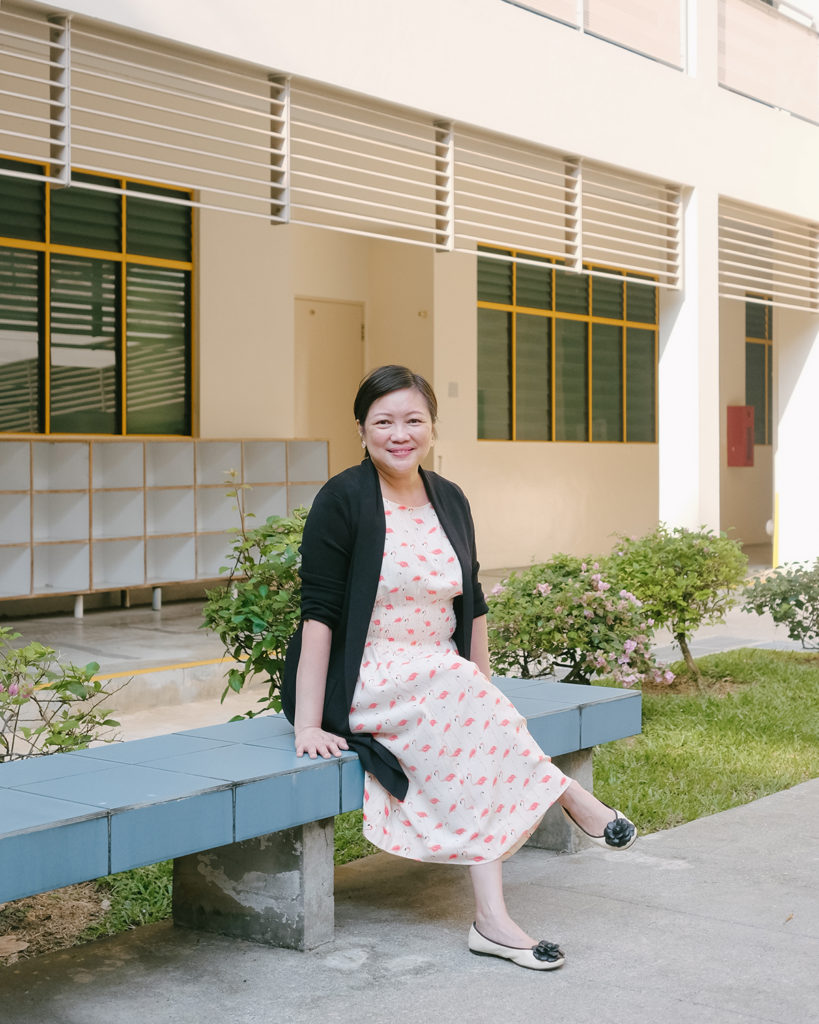
Principal, Yio Chu Kang Secondary School
Education Partner since 2010
No one disputes the power of storytelling. From the ancient times of hieroglyphs and stone murals to the age of daily sharing of stories on digital platforms, narratives have been the cornerstone of influence – even if the narrative is flawed, or worse, bigoted.
Mrs. Carol Lim knows this well. As the Principal of a public school, she has heard narratives shared by all levels: The government, teachers, parents, and even students themselves. Naturally, as these narratives bear personal biases and opinions, there is concurrence and there is dissent.
“I tend to just stay back and observe, and as a result I somehow have an intuitive understanding of different types of people. I am able to empathise with both the dominant argument as well as the underdog. This sometimes puts me in a painful situation; feeling torn between two perspectives I can see.”
Empathy allows one to not just see where another party is coming from, but to also identify with their position. Leadership is then the introspection of what your personal stance is and where it is situated in the spectrum of opinions presented, after learning on a deeper level what the opposite ends of the spectrum are. What some leaders are unable to bridge is how to influence from that stance when the narrative for the opposite end is too compelling to counter.
“Influence is knowing the timing of when to influence others and knowing the space of where you can influence. You cannot challenge a compelling narrative head on. Find other ways to exemplify the counter-argument. Create spaces and opportunity for alternatives to thrive alongside the existing narrative. Influence must stand the test of time and not merely ride on the wave of a campaign or a figurehead leading the charge.”
Carol calls the wave-riding an ‘artificial influence’, and artificial influence will create camps of people that react to the campaign. Influence must be organic, stemming from a conversation that questions what the campaign is doing for the individual, and creating opportunities for individuals to benefit. “It’s not just about pumping in resources. My story, and the story of many others, is not one of a resource-rich environment. It is one where opportunities were given for personal expression and for potential to grow.”
Schools, today more than ever, are creating these opportunities. Students are given room to explore different talents and interests, and teachers take an active role in nurturing these expressions productively. It is not uncommon to hear how students are impacted by their time in school and by the example of their teachers – an indicator of the influence an educator has on the next generation.
“The next big thing for influence is conversation. Speaking to students on a personal level, spotting their individual concerns, and building a mentoring relationship. This has the greatest influence on a young person’s life because if you think about it – how powerful it is to be able to contribute to a young person’s perspective of the world.”
